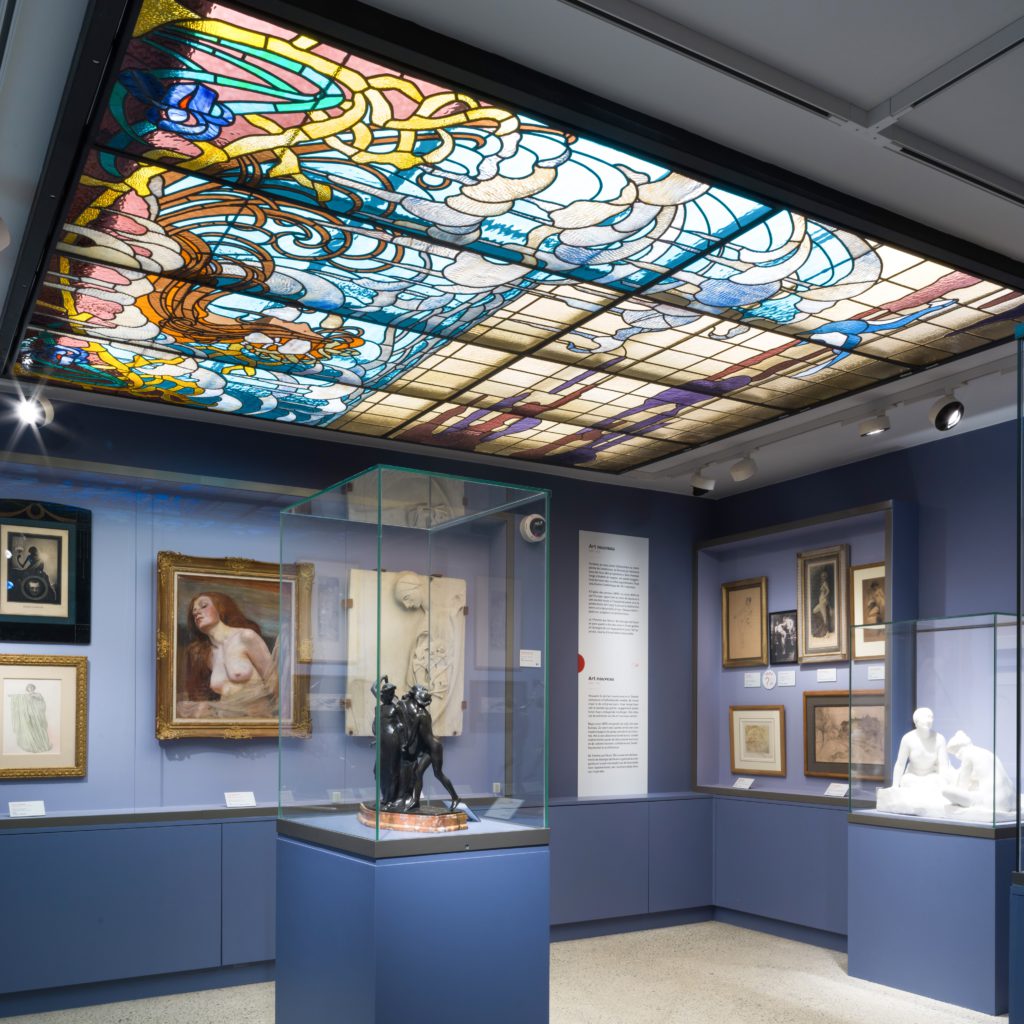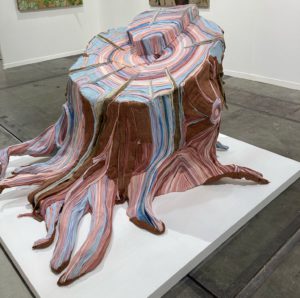The “Mudia” museum or how to appreciate art differently
Translated by Deepl
Read the original article
Just in front of the church in Redu, the former presbytery underwent a major renovation in 2018, the first “practical” step in the realisation of Eric Noulet’s dream. An enlightened art collector, he dreamed of a different kind of museum, one where everyone would have a place, where everyone would find something to really enjoy, and what could be better than learning by playing, touching, listening, watching…
Located in a green setting in the middle of the Belgian Ardennes, in the centre of the book village, “Mudia” has found a unique place between bookshops, craftsmen, restaurants and local products. It can be the goal of a day trip, it can be an outing during a longer holiday, or it can be the school “outing” par excellence, because this museum is suitable for everyone, from the youngest to the oldest.
The Mudia presents more than 300 original works of art belonging to Éric Noulet and other collectors who have accompanied him in his project, by lending works of very high quality on a long-term basis. It also presents some high-resolution facsimiles and various fun interactive attractions. Although it belongs to different owners, this eclectic collection is presented in a remarkably harmonious way, following a chronological order.
The “Mudia” committee has brought together several renowned professionals, art historians, museologists, scenographers, collectors, as well as many volunteers who worked for many years before the museum could welcome its first visitors. The cure has been renovated taking into account the optimal conservation conditions of the works of art. In addition to the exhibition rooms, one can enjoy a drink in the cafeteria, and even a light meal, while reading the art books that the owner of the premises has left for the public to peruse.
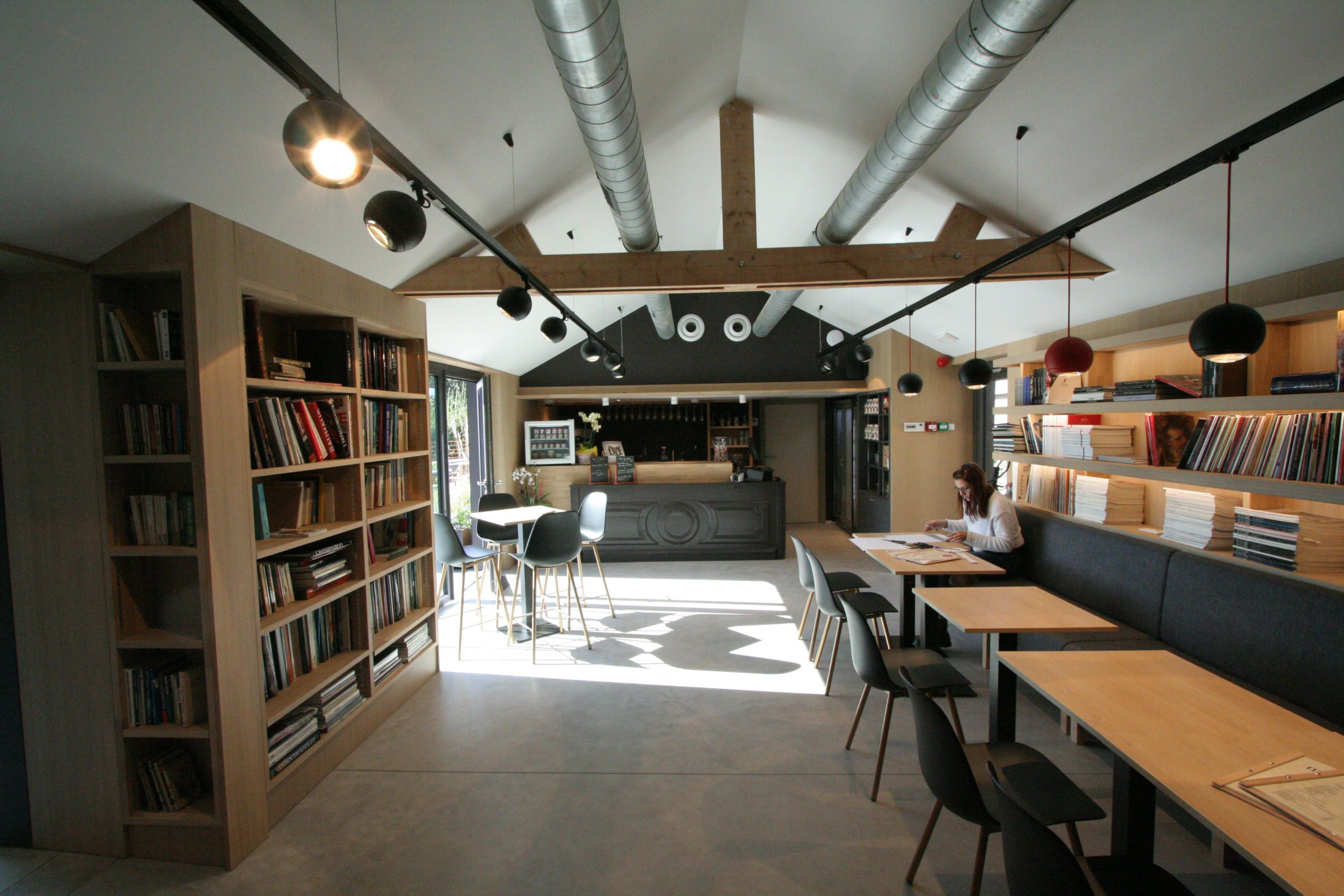
The visit is organised in chronological order, and an audio guide accompanies you along this seven-century timeline. You can hear all the texts that accompany the works, as well as the comments of the little Mudia, asking her questions to the guide Beatrice.
The first room begins with the Italian Renaissance, where facsimiles of the Brancacci Chapel in the church of Santa Maria del Carmine in Florence are on display. It was founded in 1386 by the wealthy clothier Piero di Piuvichese Brancacci to honour the Apostle Peter, his patron saint.
It is one of the most beautiful examples of Renaissance painting (1424-1428) and is the result of the collaboration of two of the greatest artists of the time, Masaccio and Masolino da Panicale, to whom we must add the hand of Filippino Lippiwho was called in to complete the work some fifty years later.
In the same room, a “Virgin and Child” attributed to Rogier Van der Weyden, as well as the “Adoration of the Magi” by Pieter Brueghel the Younger representing the Flemish Primitives movement.
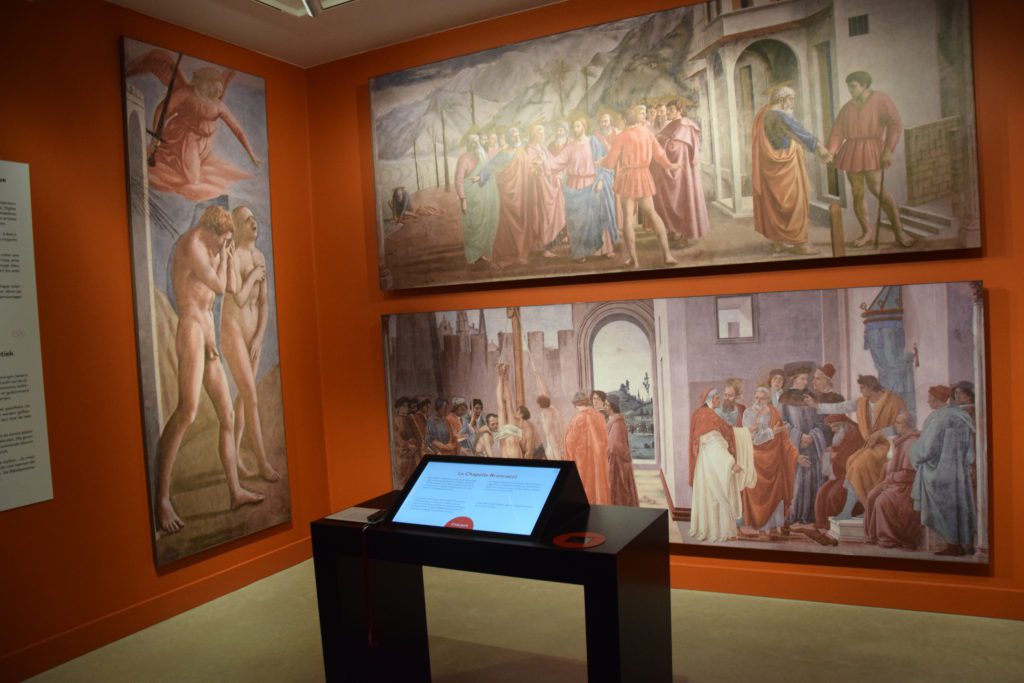
Following the Flemish primitives, and still among them, probably the most successful playful attraction of the museum. “The Temptation of Saint Anthony” by the Flemish painter Hieronymus Bosch, born in Bois-le-Duc, was famous during his lifetime and was copied several times. Children can put their fingers on some of the characters and discover the animations that they trigger. The high-definition reproduction is superb and the enigmatic animations are amusing and thought-provoking.
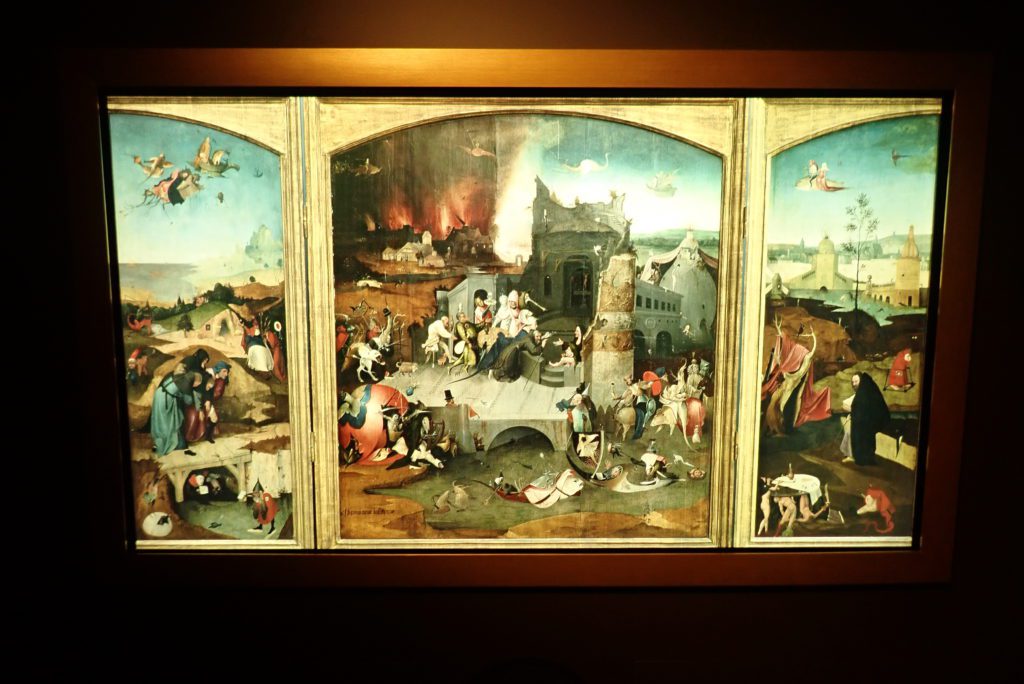
The tour continues with Mannerism and the painters in the wake of Caravaggio, a dark, violent and scandalous painter, who painted the disenfranchised, brigands, the poor and prostitutes. Caravaggio reinvented light and played with chiaroscuro like no one before him. A painting by Artemisia Gentileschi, “Mary Magdalene Penitent”, is in itself an absolute treasure. Indeed, Artemisia was a renowned painter, even a court painter at a time when hardly any woman could hope for a career as a dipintore (equivalent to master craftsman). As a woman, she had no access to the painting academy, and her father gave her a tutor, Tassi, who raped her when she was 19.
Refusing to make amends, Artemisia’s father sued him in the papal court. Artemisia had to undergo a humiliating gynaecological examination and withstand the torture of the sibili, a torture that could break the bones in the hand. Nothing could be worse for a painter. Despite these terrible ordeals, Artemisia was rediscovered by some feminists and now has a place in many museums. Several paintings that were originally attributed to her father have now been authenticated as her own.
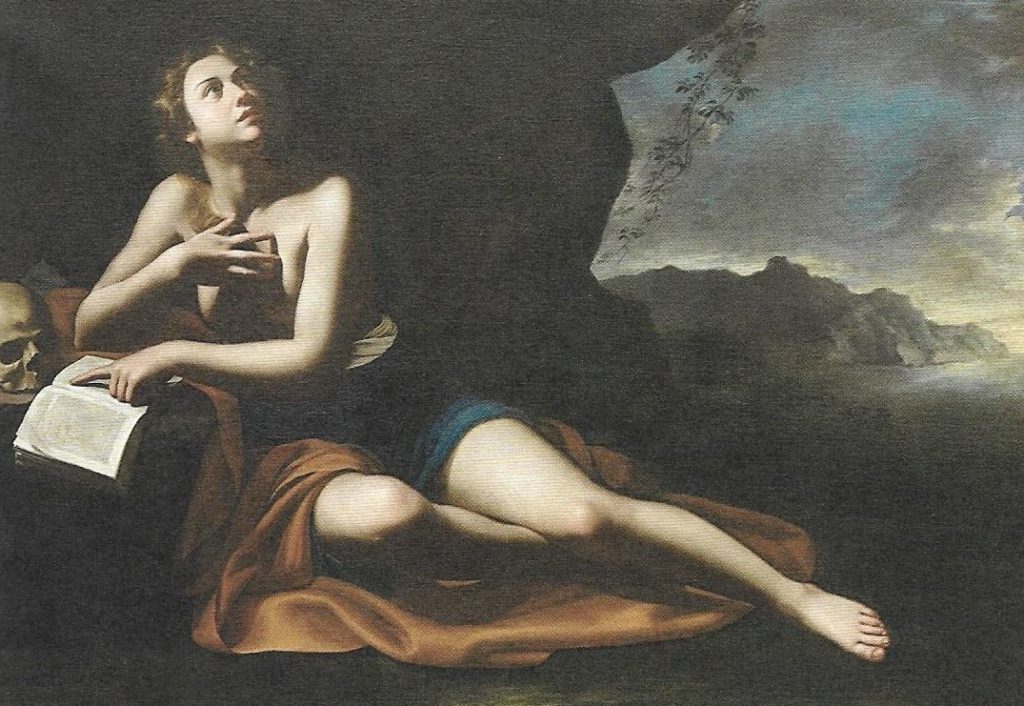
Caravaggio heralded the Baroque, illustrated on the walls by works by Strozzi and De Gelder, among others, but also by magnificent sculptures. Let’s go over the genre paintings and still lifes to stop for a moment at the Rococo which was born at the court of Louis XV, for who would not be disturbed by “La coquetterie” by Pietro Rotari, a young beauty hiding just enough behind her fan.
With neo-classicism, art accompanied the emphasis on patriotism and the moral values of a society that had been profoundly changed since the French Revolution.
Belgian artists also had their part to play in the glorification of their young nation. Accompanying Romanticism to a greater or lesser extent, but nevertheless taking the opposite view, realism showed the viewer what many did not want to see. Throughout his life, Léopold Harzé’s modelling showed the harsh existence of the little people, living as best they could in the streets of Liège.
Alongside the social realism of Harzé and Constantin Meunier, whose famous painting “The return of the miners” can be admired, we can also admire “The woman with the fan” by Félicien Rops, a more tender work. And for a diversion into humour, let’s take advantage of a large display case bringing together a large number of Honoré Daumier’s most beautiful caricatures, with an animation explaining who each character is… and what was wrong with him that caused him to have his portrait drawn in this way. History does not say whether they liked it … or not.

Impressionism is of course represented by some of the great Belgian names, including James Ensor and Evenepoel. Children can take a break and play with a paint gun to colour in “a Sunday afternoon at La Grande Jatte”.
We continue our little journey with Mudia and Béatrice, we fly over decades and numerous currents Fernand Khnopff and Félicien Rops who evolve towards symbolism as well as Léon Frédéric (L’aurore) and Léon Spilliaert whose famous drawing “Ostend” can be admired.
You don’t know where to put your eyes, they stop on the bronzes of Rodin’s pupils, on post-impressionist paintings, here we are among the Fauvists. Art Nouveau is also represented by an impressive and magnificent stained glass window by Henri-Privat-Livemont. When you look up, you can’t help but be amazed by the magnificent arabesques in which a long-haired mermaid is blended. The light coming through the glass bathes the room in a dreamlike atmosphere that one would never want to leave.
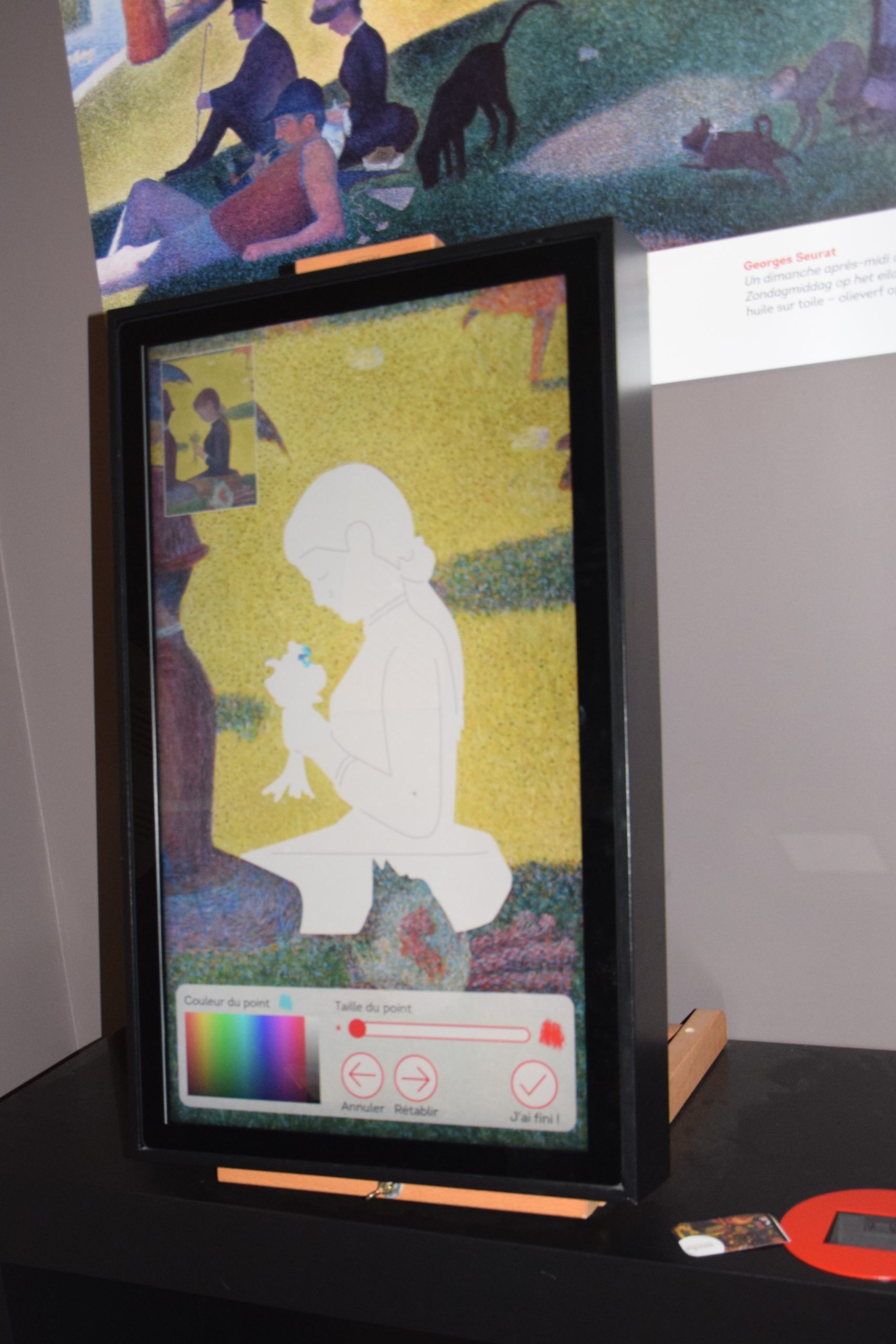
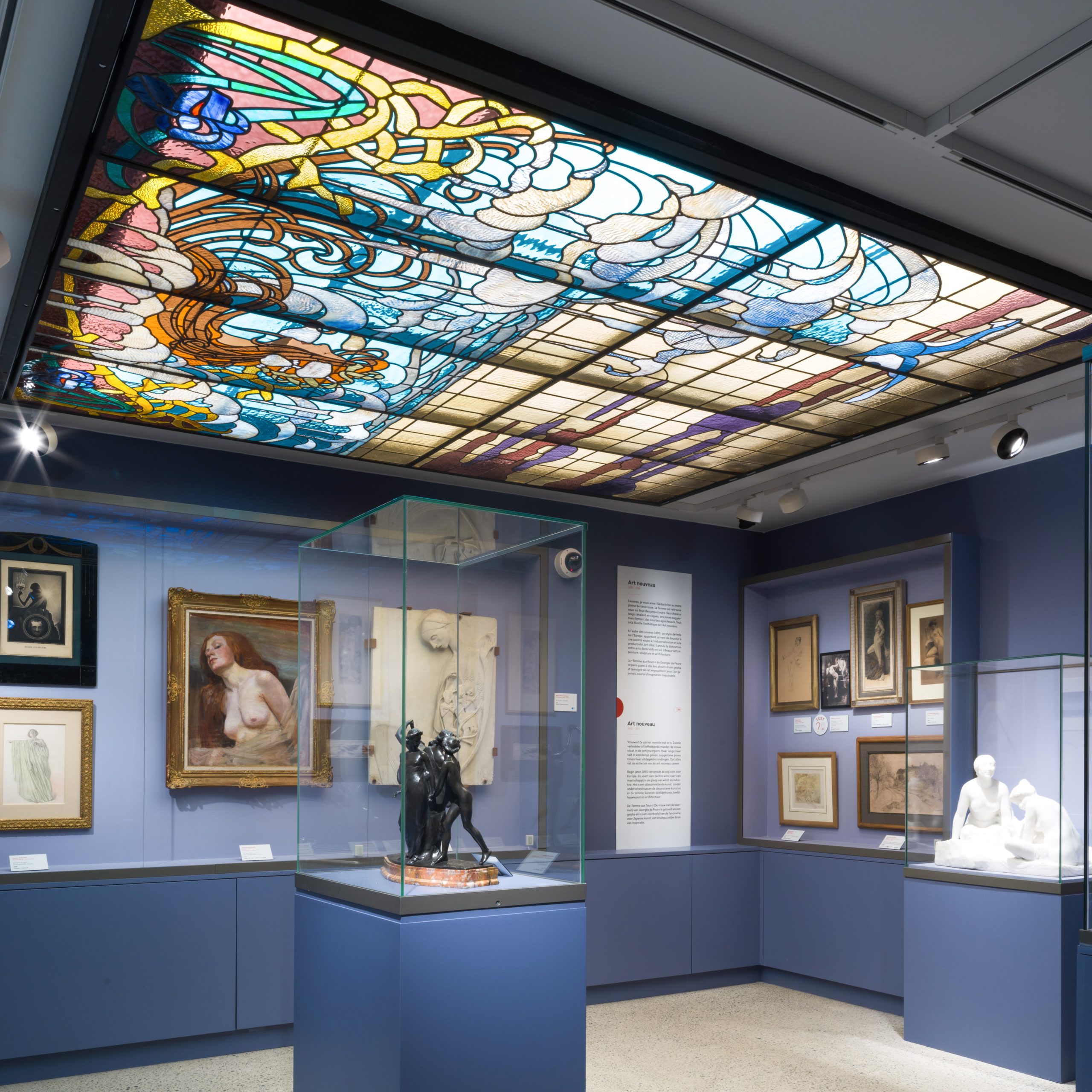
Magritte, a representative of surrealism, is also present with his painting “La fissure”. I will pass more quickly over the contemporary movements, which were numerous after the two wars. The artists, traumatised by bloody conflicts, spectators and actors of a society that had to rebuild itself, took advantage of this to explode the academic rules and explore all the paths that art could take. Some of them paid dearly in the German Reich.
The middle and end of the 20th century are represented by pop art, hyper-realism, and the arrival of comics and photography in the big league. Hergé, Franquin, Franz, Manara, and of course, Roland Topor and Geluck’s cat, so absurdly, or absurdly funny…

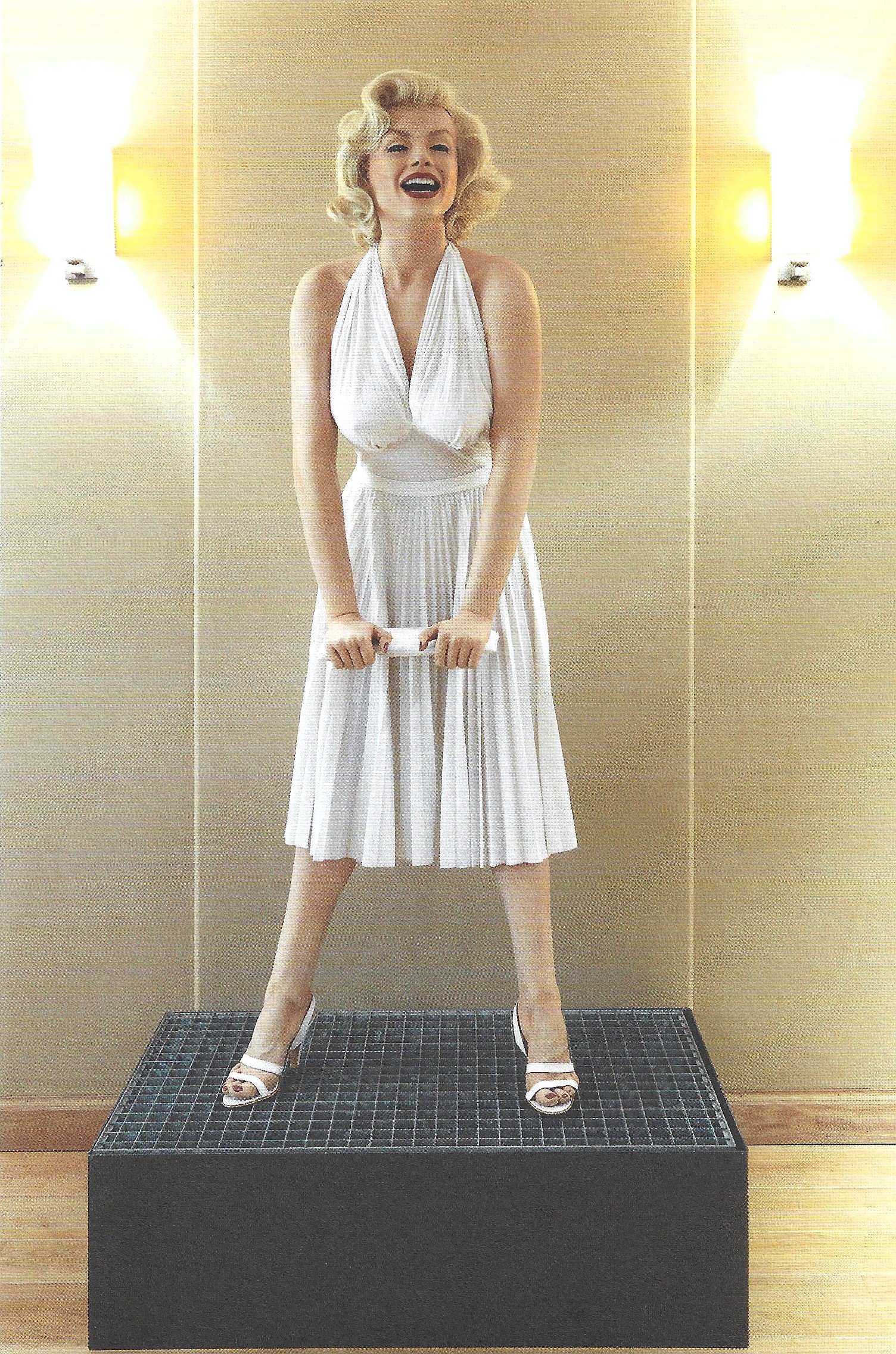
The visit ends in a cinema room where you can enjoy an animated film, where Mudia, captured by two characters of Jerome Bosch, follows the long river of art history from the Renaissance to the present day. It’s clear, didactic, obvious, a no-brainer to fix a maximum of knowledge in the memory of the youngest, and to awaken the memories of the oldest.

Please note that the museum is also accessible for people with reduced mobility.
Organised visits can be requested.
And the premises and the cafeteria can be reserved for your events, with a visit to the museum if you wish.
